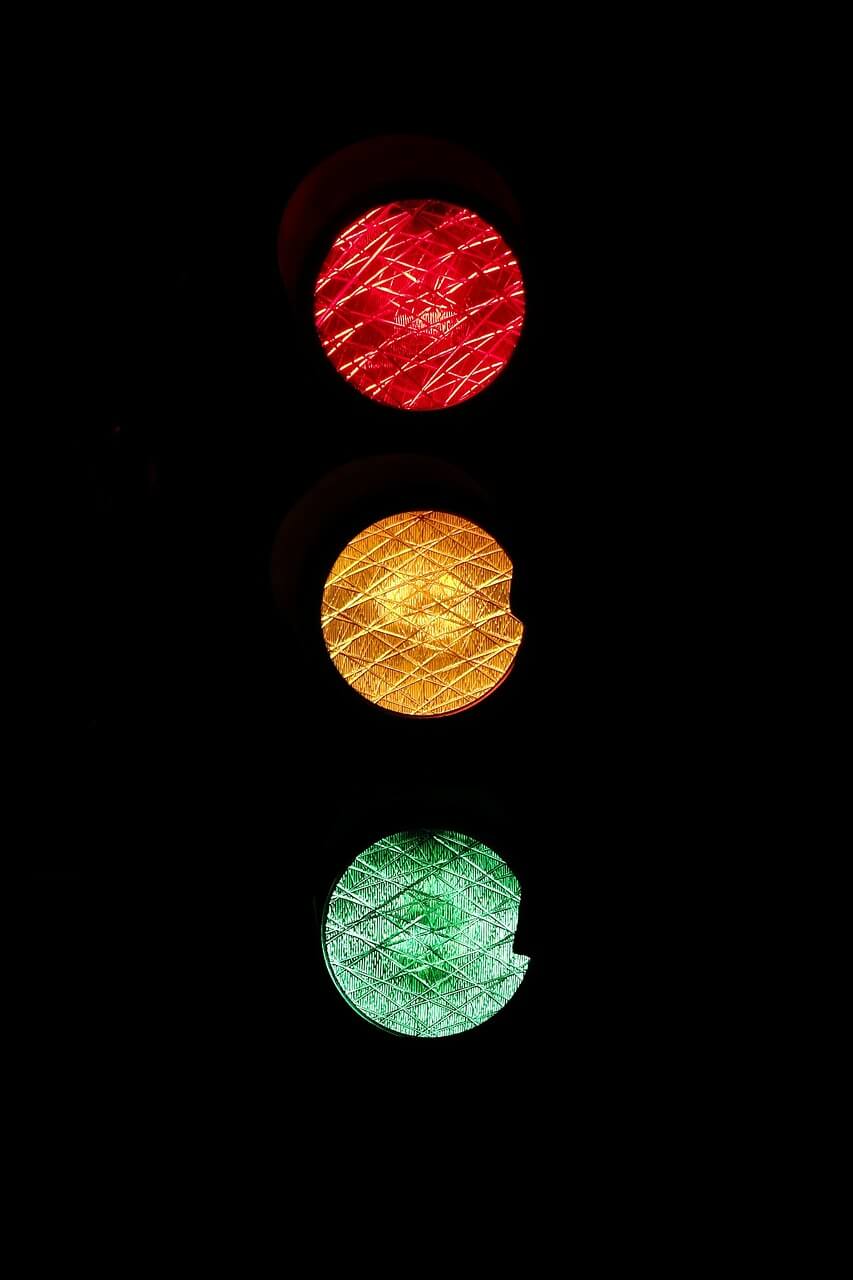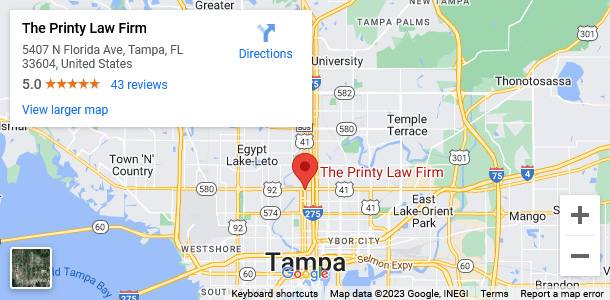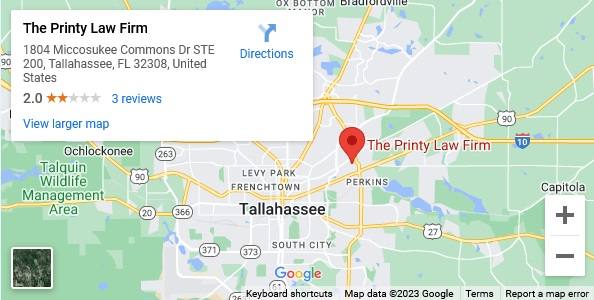Are Red-Light Cameras Actually Causing Accidents?
Personal Injury Lawyer | The numbers are in, and they suggest that traffic cameras at stoplights (often called “red-light cameras”) aren’t decreasing accidents — and in some cases, they’re even causing them.
The Insurance Institute for Highway Safety states that, in 2010, 673 people were killed and an estimated 122,000 were injured in crashes that involved red light-running.
And one of the most popular methods for addressing the issue is to install red-light cameras — automated systems that photograph every car that runs a red light. As of December 2012, 25 states utilize them in various communities.
Problem is, no one’s quite sure if they’re working.
Some studies show that red-light cameras aren’t effective
Like most governmentally installed cameras capturing and recording images and video in public places, traffic cameras have received their fair share of attention.
In 1995, the Australian Road Research Board released a study (opens PDF) that tracked rear-end and “adjacent approach” accidents across an entire decade, spanning 1979 to 1989 (making this the most comprehensive study we’ve found). Results showed that the numbers increased for both types of accidents, leading to a conclusion that the red-light cameras (RLCs) have “no demonstrated value … as an effective countermeasure.”
Granted, that study might seem outdated these days. But, with its extreme length and thoroughness, the study provides an all-inclusive view that later ones have yet to replicate. And it’s not the only study to suggest that red-light cameras might not be the best solution.
Nearly a decade later, the North Carolina Agricultural & Technical State University prepared a study (opens PDF) for the U.S. Department of Transportation. Motivated by “criticism of the simplistic methods and small data sets used in many studies of red-light cameras,” the researchers looked at 303 intersections over a 57-month period.
Their findings? “The results do not support the view that red light cameras reduce crashes. Instead, we find that RLCs are associated with higher levels of many types and severity categories of crashes.”
Other studies show they reduce crashes
A 2007 Virginia Research Council study had more mixed results, finding that the “cameras are associated with an increase in rear-end crashes (about 27% or 42% depending on the statistical method used …) and a decrease in red light running crashes (about 8% or 42% depending on the statistical method …).”
Plus, researchers noted significant variation across intersections and geographical areas, with one area reporting increases in all crash types, while 2 others showed decreases in most types. Given the variable findings, these researches recommend evaluating the need for red-light cameras on a case-by-case basis. (Perhaps after trying to see if lengthening yellow-light times — a method that has proven effective in several cities — addresses the issue?)
A 2005 study by the Federal Highway Administration looked at red-light camera performance in 7 U.S. cities. It found that while rear-end collisions increased by 15 percent, right-angle crashes decreased by 25 percent. Since right-angle crashes tend to be more severe, the lowered incidence effectively offsets the increase in rear-end accidents, at least from a monetary perspective. Total crash costs decreased by a total of $18.5 million across the 7 communities studied.
(For more recent numbers, check out the results of a 2012 New Jersey Department of Transportation study, which showed increased crash-related costs of $1.2 million.)
With all the controversy and inconclusive information, it’s no surprise that towns from Roswell, Georgia, toMurrieta, California, are contemplating ridding themselves of the cameras.
So why are red-light cameras still around?
Despite findings about their highly variable effectiveness, you still see RLCs in many cities. Why?
One contributing factor could be that the cameras are effective in lowering the number of red-light violations (and thus some types of accidents).
But another widely cited reason is more of a monetary matter. After all, these red-light cameras can catch more drivers than individual highway patrol officers can. When people pay off their tickets, it increases city income. In fact, in Roswell, Georgia, traffic cameras generated record revenues of $835,253 in 2008.
That’s nearly a million dollars the city stands to lose if they remove their cameras.
Taking the monetary argument a step further, the National Motorists Association has gone so far as to point the finger at corporate interests. According to the Association, Lockheed Martin (a major manufacturer of red light cameras) rakes in a quarter of the ticket cost ($70 of the $271 total) for each infraction in California.
Eric Skrum, Communications Director for the National Motorists Association, also notes that Lockheed Martin “has included clauses in their contracts that prohibit city engineers from applying engineering practices that improve compliance and reduce accidents.” So if the purpose of installing red-light cameras is to make the world a safer place, why prohibit other potentially effective countermeasures?
Red light cameras: yea or nay?
All in all, it seems like red light cameras are at worst dangerous, and at best only variably effective on an intersection-by-intersection basis. Always keep the information of the leading personal injury lawyer servicing Tampa and Tallahassee handy! -Esurance
If you have questions regarding a legal matter, schedule a FREE Confidential Consultation by calling us your trusted personal injury lawyer here at Printy Law Firm Tampa: 813-434-0649 | Tallahassee: 850-877-7299 or submitting a request.





